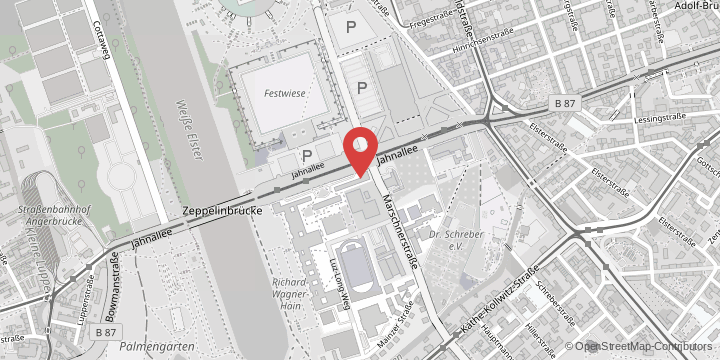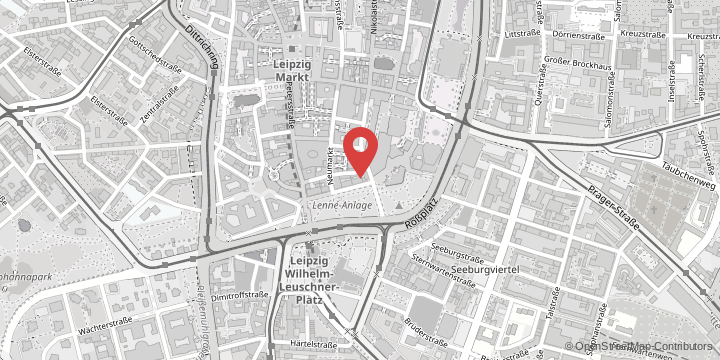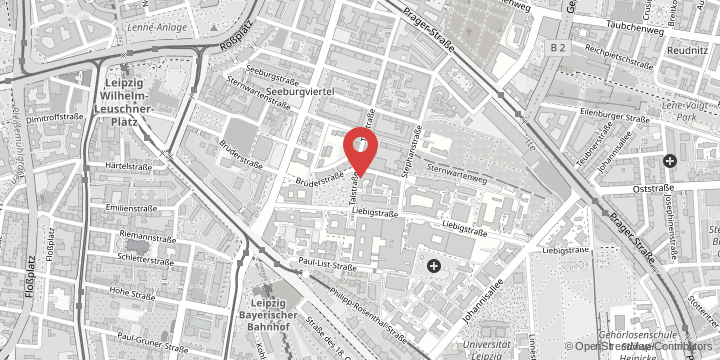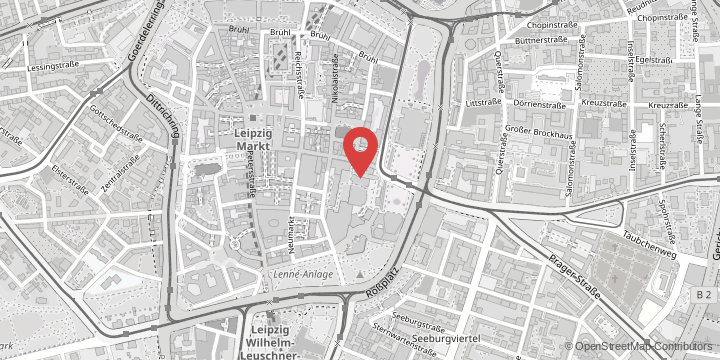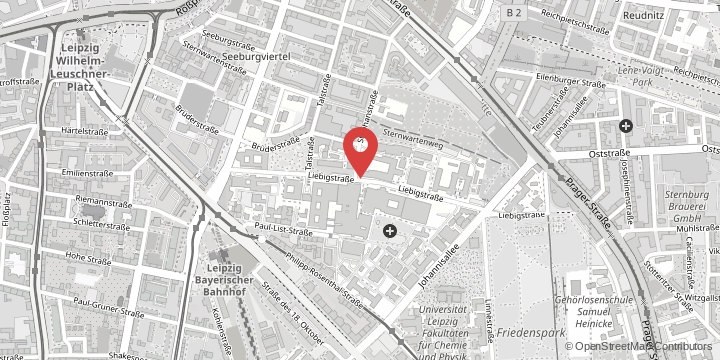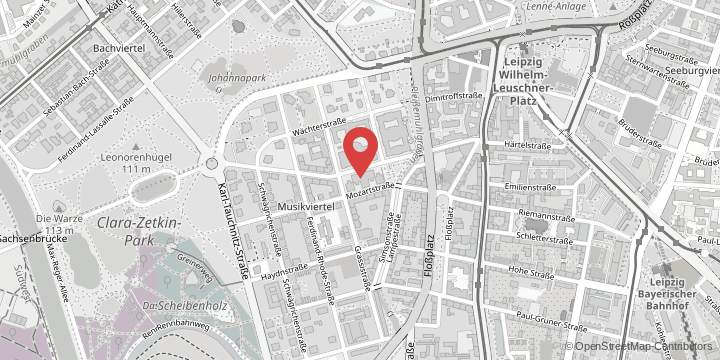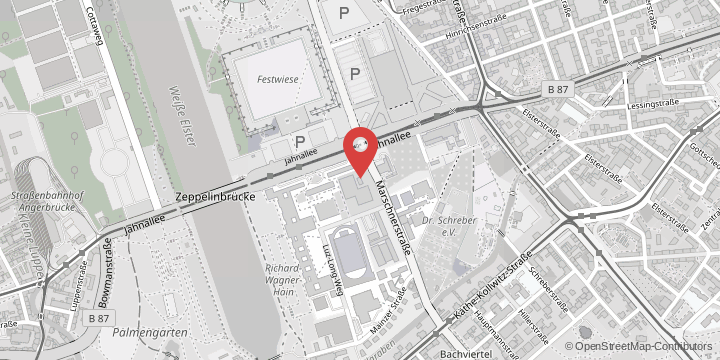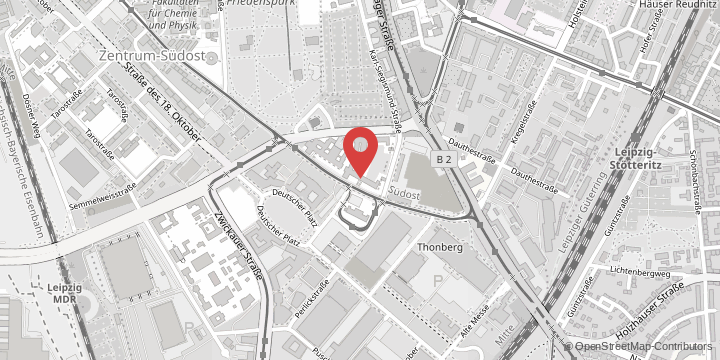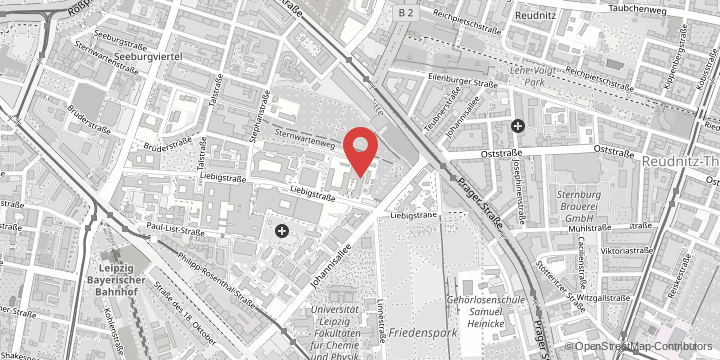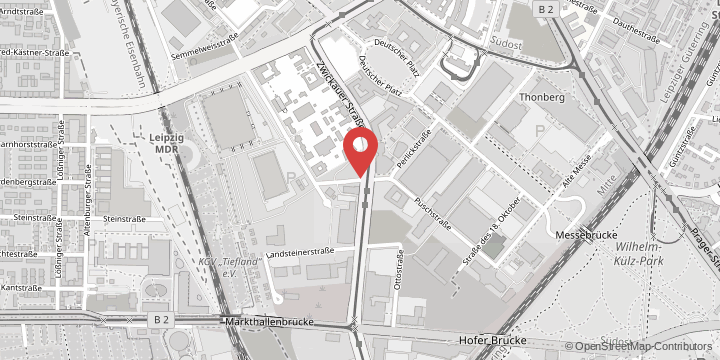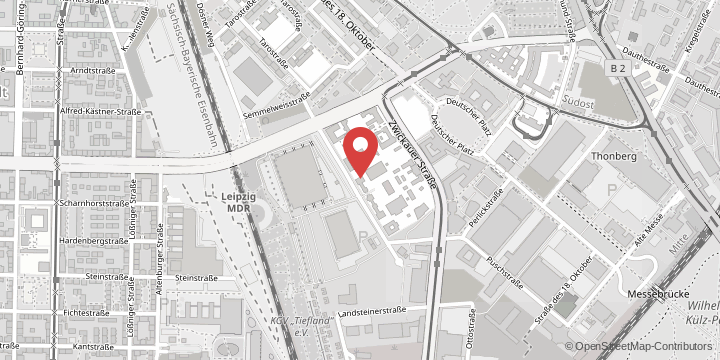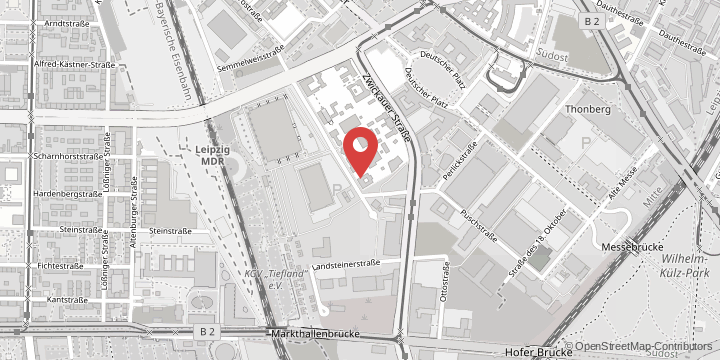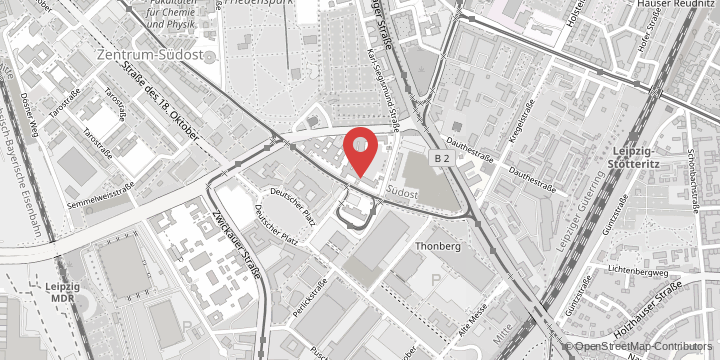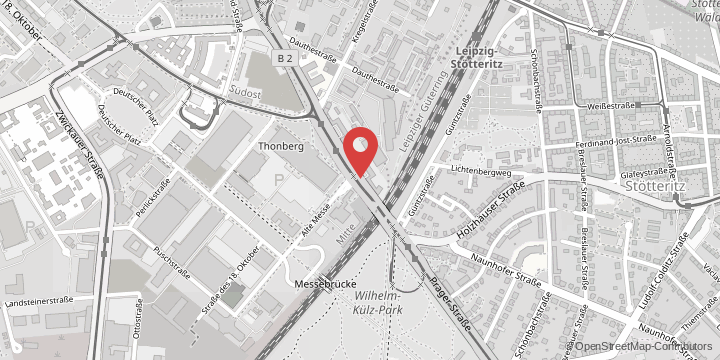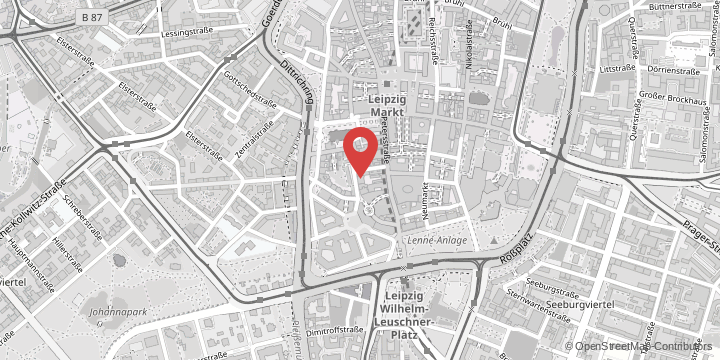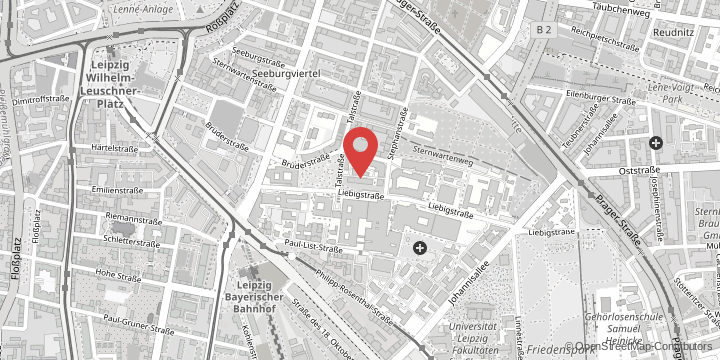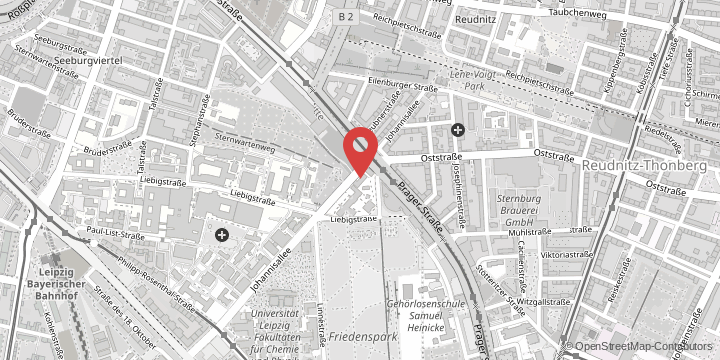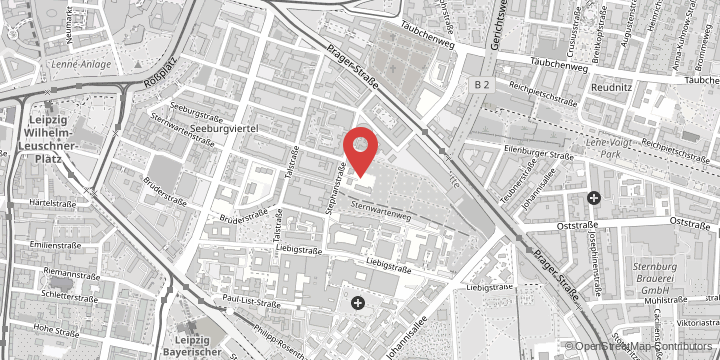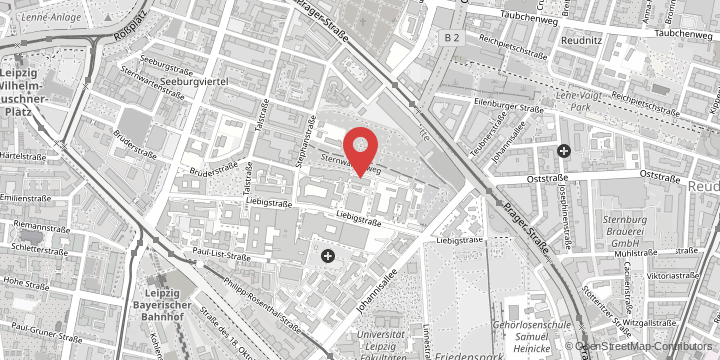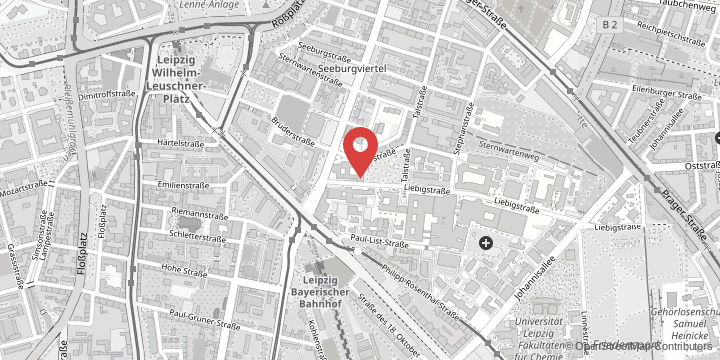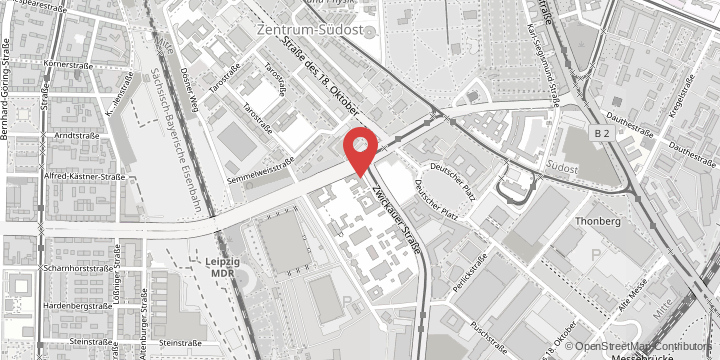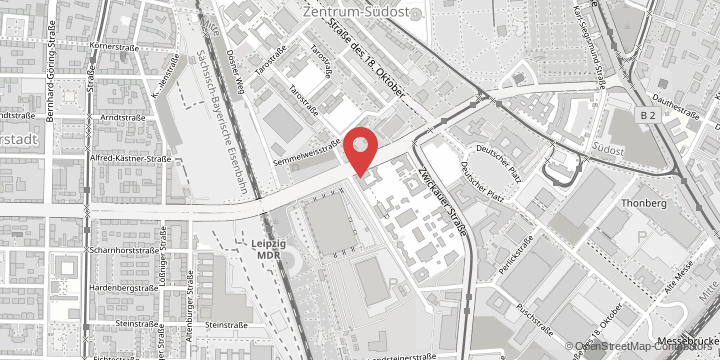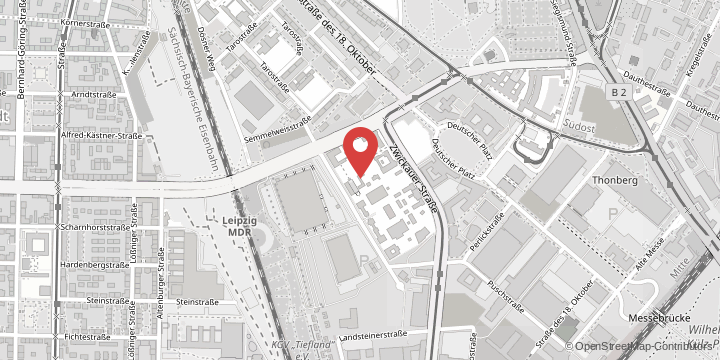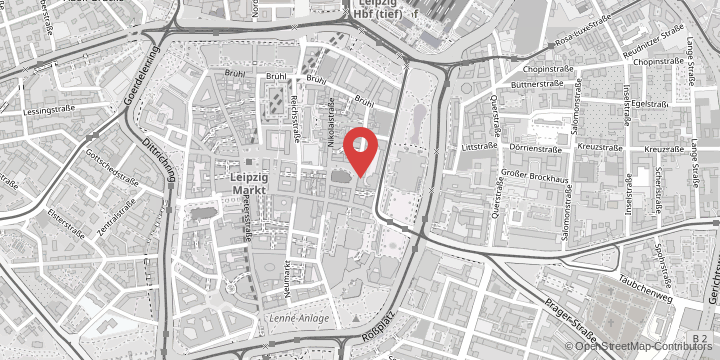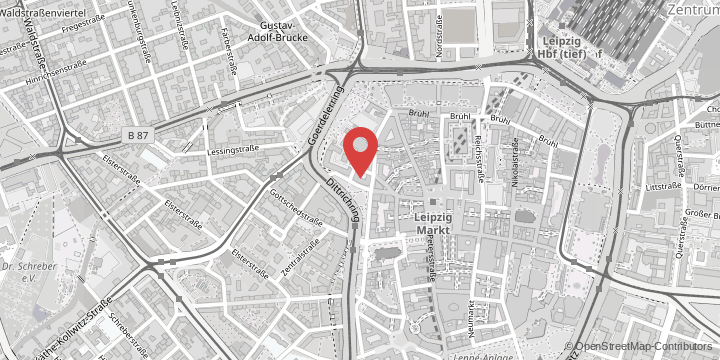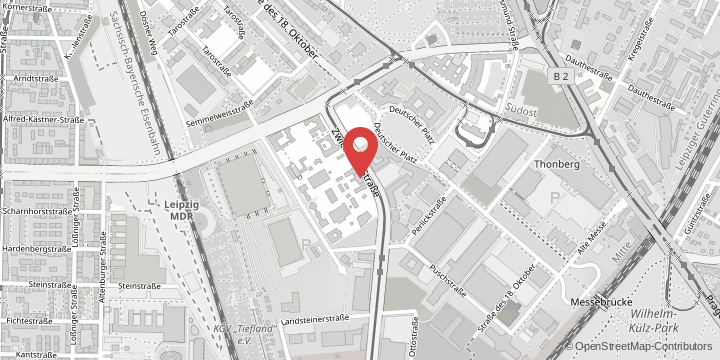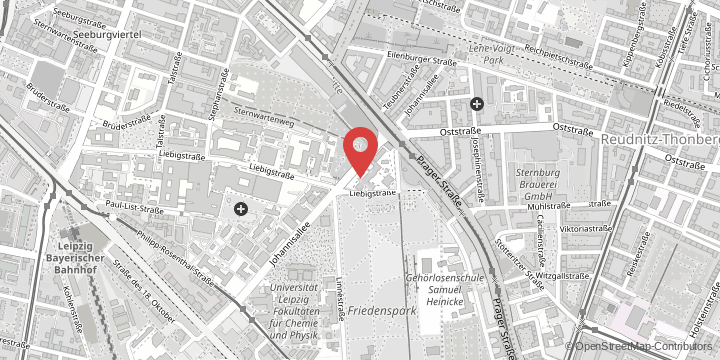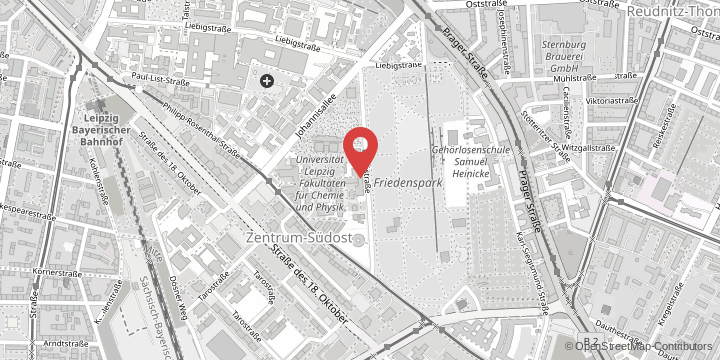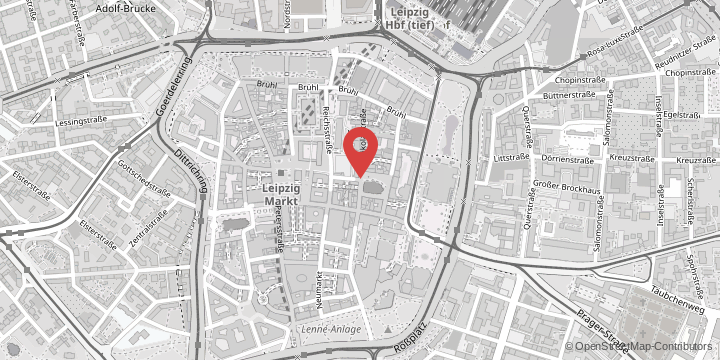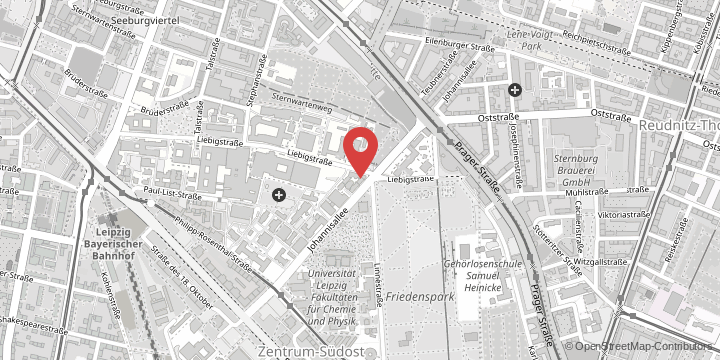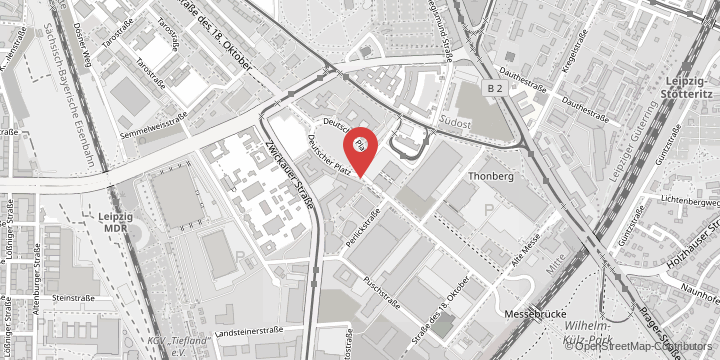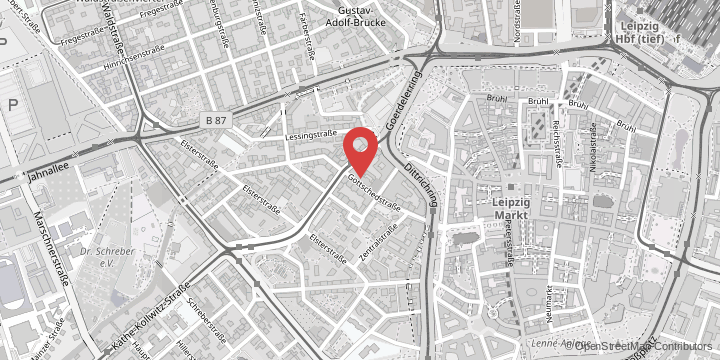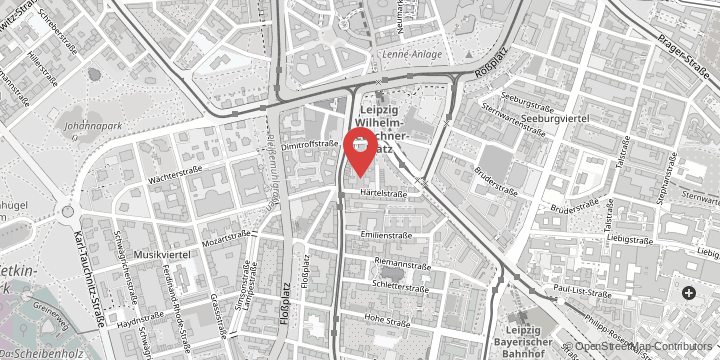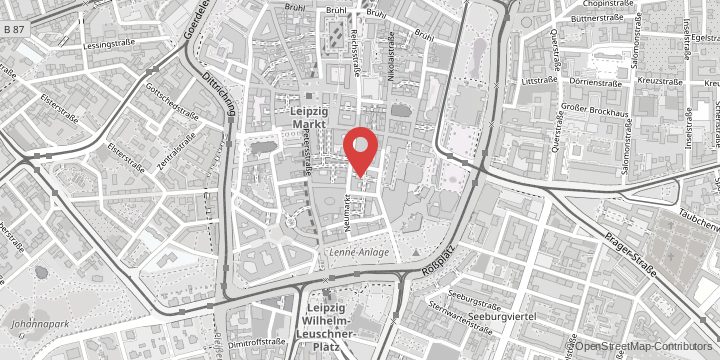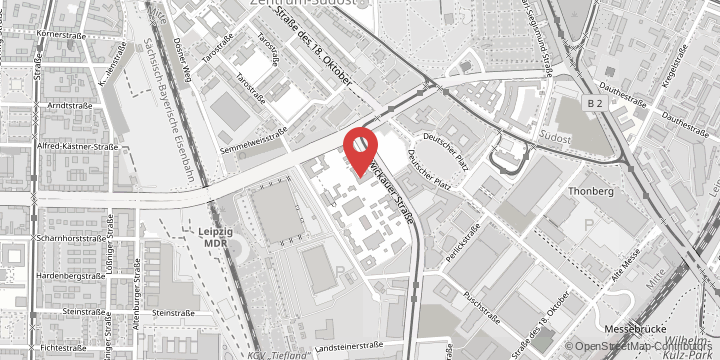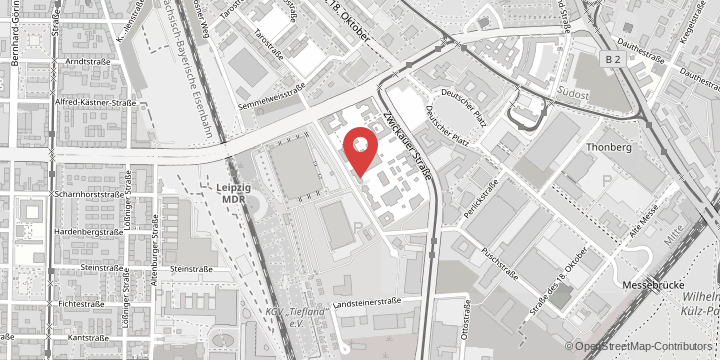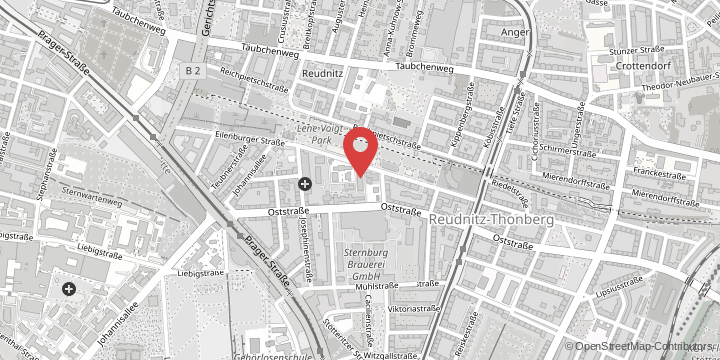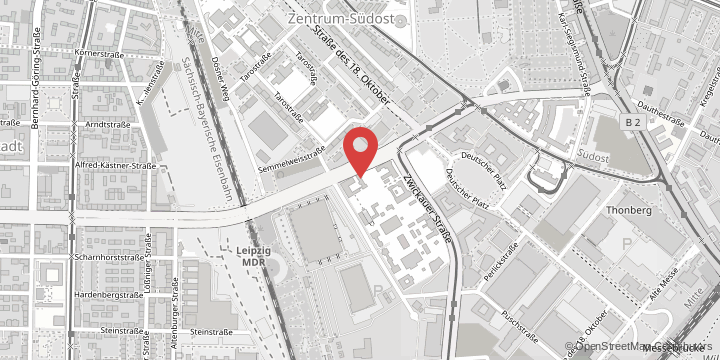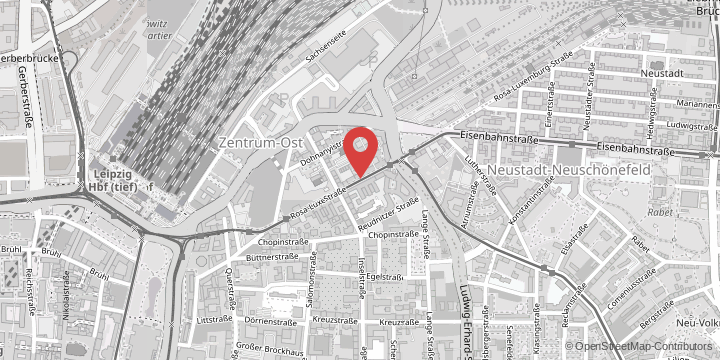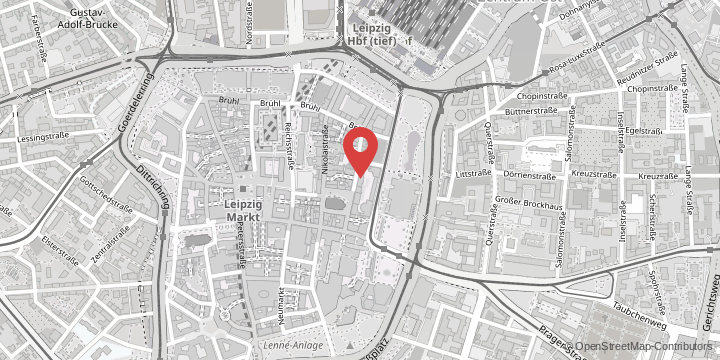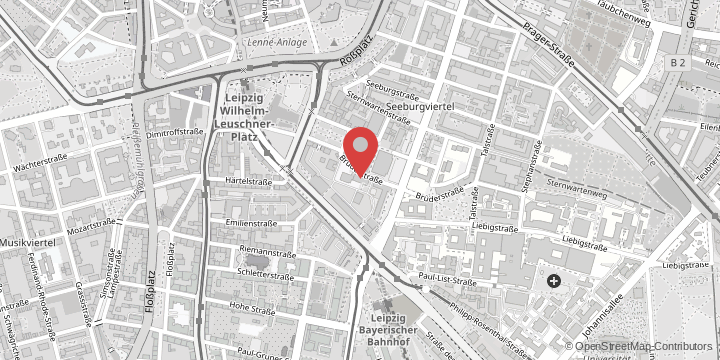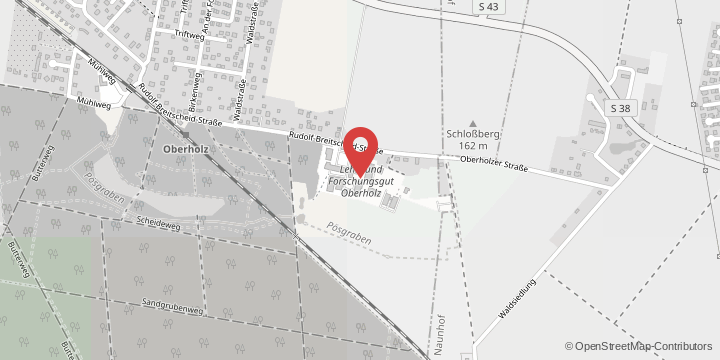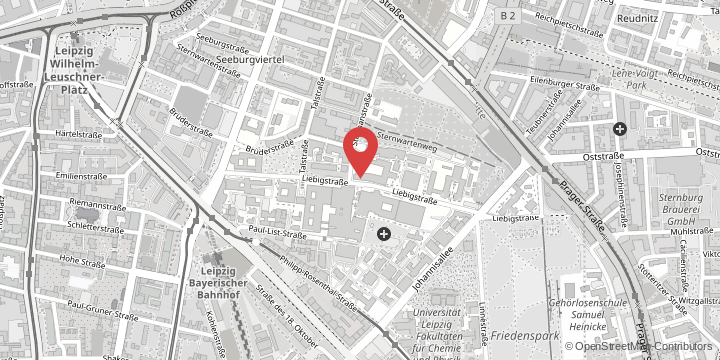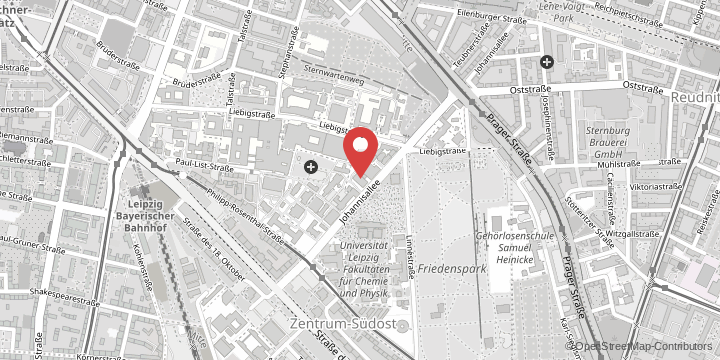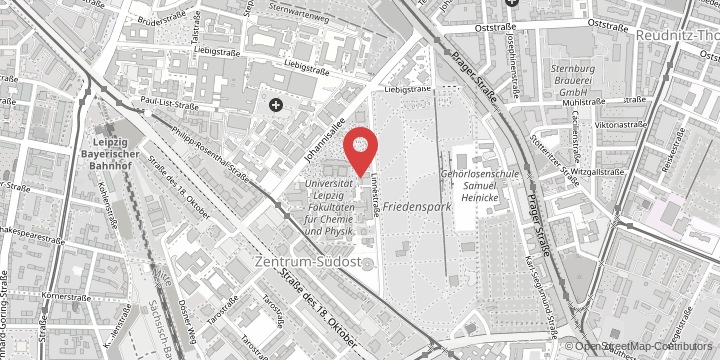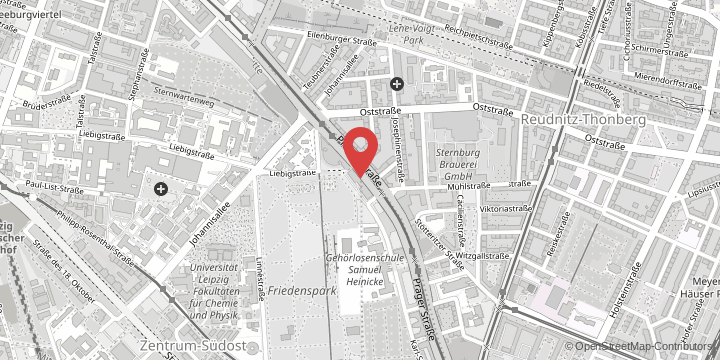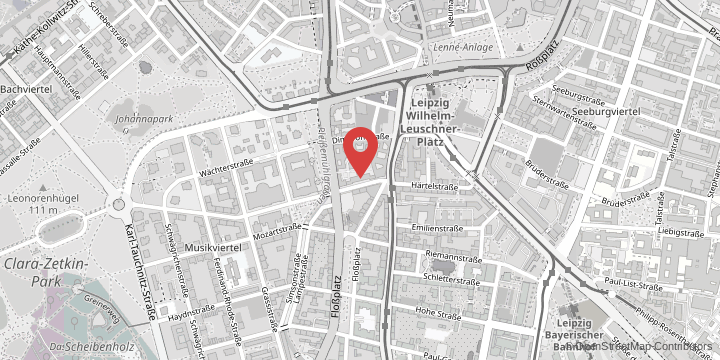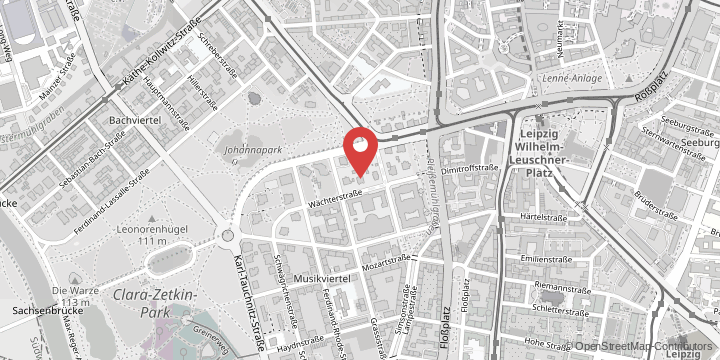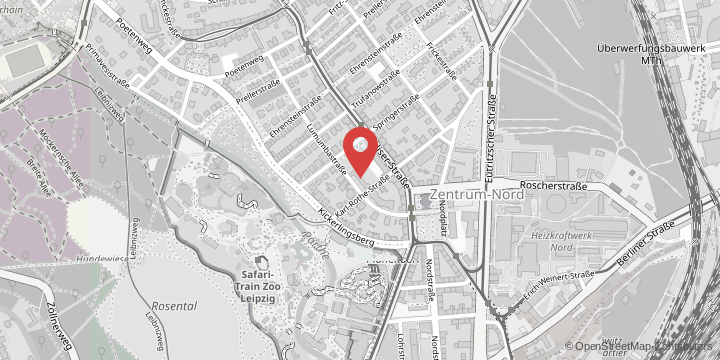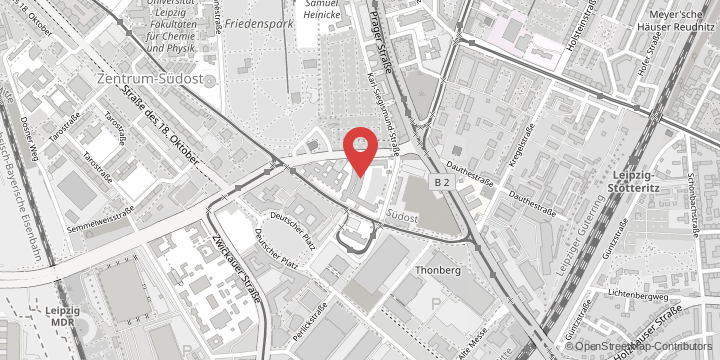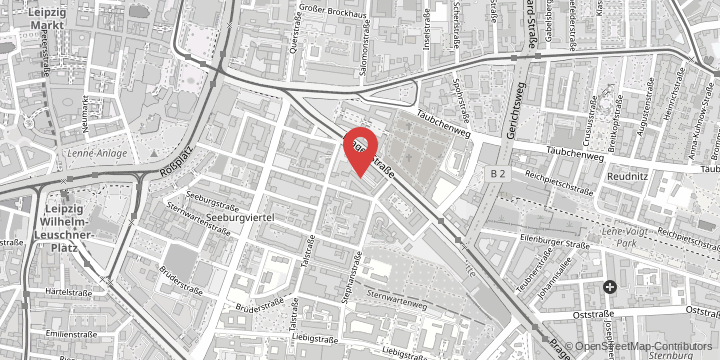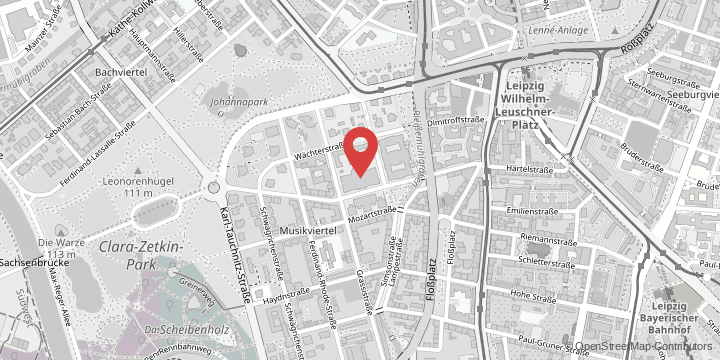Why did the AfD in particular attract so many young voters?
The reasons are complex, making it difficult to provide a simple answer. The AfD is indeed the strongest party among young voters, but it still has the highest vote share in the 45- to 59-year-old age group. What stands out about the AfD compared to the major parties is that it takes young people seriously and engages with them where they are. This is particularly evident in its use of social media. The AfD is currently the party that uses social media most effectively and successfully connects with young voters. That doesn’t mean it chases every viral trend or meme. On TikTok, for example, the AfD posts a lot of political content – the parliamentary group shares short excerpts from speeches, AfD politicians post videos from their campaigns in their hometowns, and interview clips are uploaded on hot topics such as Solingen. Compared to the social media content of other parties and politicians, the AfD seems to treat its followers as politically mature citizens. The Chancellor also has a TikTok account but uses it infrequently (by social media standards) and in a more superficial way.
Does the AfD have a special way of interacting with voters, a special language that distinguishes it from other parties?
There have been numerous analyses of social developments and their underlying causes in recent days and months, so I’d like to focus here on the AfD’s populist rhetoric. Many voters are disappointed or even angry with the policies of the current national coalition government. The AfD knows how to cleverly exploit this anger. Although the AfD, especially in eastern Germany, is classified as far-right, it often employs populist rhetoric. This rhetoric taps into negative emotions such as anger and fear, offering simple explanations for the causes of these feelings. Complex phenomena are reduced to simplistic phrases and repeated over and over – such as Messermänner (“knife men”) – and are countered with simplistic solutions such as “deport, deport, deport”. This populist rhetoric follows an “us versus them” logic, where the “us” represents the ordinary, supposedly reasonable people, standing against a corrupt elite. It’s understandable why this rhetoric resonates particularly in economically disadvantaged regions that were indeed neglected by politics for a long time.
How do you think the other, democratic parties should now deal with the AfD?
Björn Höcke made it clear yesterday that the AfD wants to be treated like a normal party. This poses a dilemma for democratic parties: how to deal with a party that has been democratically elected but does not uphold democratic values? First, democratic parties need to be clear about who the real opponent is – this was already quite evident in the statements following yesterday’s results. Specifically, this means not considering the AfD as a coalition partner.
There are various approaches in political science on how to deal with populist and extreme parties. They should not be given more of a platform than they already have. In recent years, the AfD has repeatedly succeeded in setting the agenda. For instance, the issue of gender-inclusive language became part of the national debate, even though it has little relevance to the daily lives of most citizens. The AfD repeatedly raised the topic, and other parties engaged with it. The whole debate has turned into a culture war, further fuelling the already strong polarisation. Other parties need to be particularly careful not to adopt the AfD’s narratives and framing – doing so normalises and legitimises them. Instead, they need to articulate their own clear and democratic messages. This means, for example, focusing on unifying messages rather than finger-pointing. False narratives and lies must be directly countered, and anti-democratic statements must not go unchallenged. The AfD is not just another party and should not be treated as such.
The AfD is the clear winner among young voters in Saxony and Thuringia. In Thuringia alone, 36 per cent of voters under 30 supported it. There is already talk of a “neo-Nazi youth culture” in eastern Germany. Do you also see this danger?
These numbers are extremely concerning. The radicalisation of young people should not be underestimated. My own research focuses on generational populism, where the differences between younger and older generations are the main point of conflict. I also see enormous potential for mobilisation here. This can have positive effects, such as motivating young people to participate politically, for example by taking part in peaceful protests like with Fridays for Future. But it can also lead to radicalisation, especially in the case of right-wing movements. The AfD started as a right-wing populist party (and is still often referred to as such) and has managed to attract large numbers of people – including young people – quickly by using populist strategies. It is now firmly on the far right, but continues to use a lot of this right-wing populist rhetoric. The “us versus them” rhetoric I mentioned before has a strong potential for identification and can create a sense of community. Being part of a “we” is particularly important for young people. Right-wing circles have recognised and taken advantage of this. They actively try to include young people, for example through what they call “Active Clubs”, which are martial arts clubs with neo-Nazi backgrounds. The consequences of these developments are becoming increasingly apparent, as seen in Grevesmühlen, where a family of Ghanaian origin was attacked by a group of youths. The danger is indeed real.
Interview conducted by Susann Sika.


